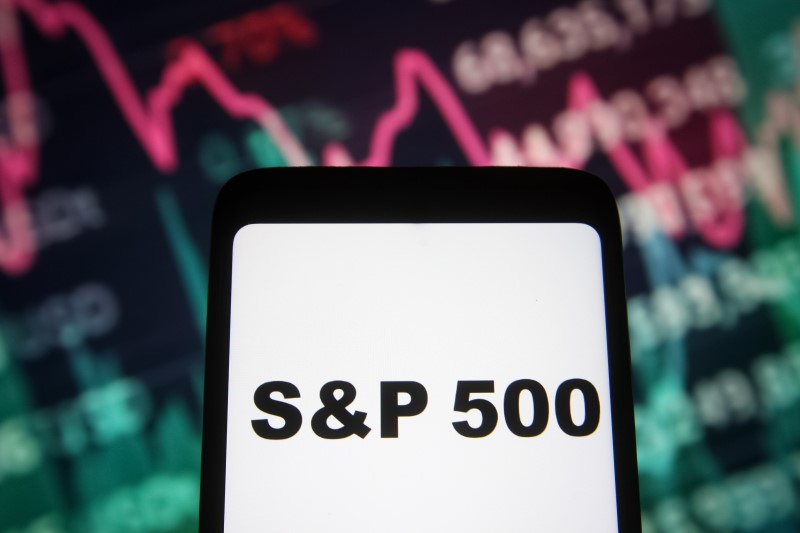By Jamie McGeever
(Reuters) – A look at the day ahead in Asian markets.
There is no shortage of potential market-moving events in Asia on Tuesday, from key economic indicators to the start of China’s eagerly-awaited National People’s Congress (NPC), but current momentum is likely to limit any potential downside.
The rally in world stocks and risky assets more broadly – bitcoin is leaping toward new all-time highs – paused for breath on Monday, but not before the leading U.S., Japanese and European benchmark indexes all hit fresh peaks.
Rising U.S. bonds yields? Strong economic data? Weak economic data? Hawkish shifts in Fed expectations? It doesn’t seem to matter. Equities and risk assets either power on, or pause only briefly before going up through the gears again.
The on Monday burst above 40,000 points for the first time ever, taking its gains this year to a remarkable 20%. Chinese stocks tacked on 0.4% ahead of the NPC, and have now fallen only twice in the last 14 sessions.
Although U.S. bond yields on Monday reversed some of Friday’s steep decline, the climbed to a record high, as did European stocks.
Equity pullbacks are shallow, and the bigger picture continues to be dominated by optimism surrounding tech and AI. Analysts at Deutsche Bank note that the S&P 500 is up more than 20% since October, and is in one of its best winning streaks on record.
The Asian economic and political calendar on Tuesday is packed with potential market-moving risk – inflation from the Philippines, Thailand and Tokyo, services PMIs from several countries including China, GDP from South Korea, and the annual session of China’s NPC.
Much of the focus on Tuesday will be on Beijing, and how China plans to tackle a property crisis, deepening deflation, fragile stock markets, and mounting local government debt woes.
All that, while achieving annual economic growth of around 5%, which is what economists expect Premier Li Qiang to announce. It is a huge challenge, but in managing expectations, perhaps Beijing will opt not to go firing policy bazookas.
Core inflation in Japan’s capital, meanwhile, is expected to have re-accelerated in February to 2.5% from a near-two year low of 1.6% in January, above the Bank of Japan’s 2% target.
The BOJ is in the process of winding down years of ultra-loose policy, and some economists think it could exit negative interest rates later this month. The Tokyo inflation data will be closely-watched, not least by yen traders.
The yen is back below 150.00 per dollar, fueling speculation that Japanese authorities might soon intervene to support the currency.
Tokyo doesn’t target any particular exchange rate level, but it will be well aware of the latest U.S. futures data that shows hedge funds and speculators are holding their largest net short yen position in over six years.
Here are key developments that could provide more direction to markets on Tuesday:
– China National People’s Congress
– China Caixin Services PMI (February)
– Japan Tokyo inflation (February)
(By Jamie McGeever; editing by Bill Berkrot)
Read the full article here
